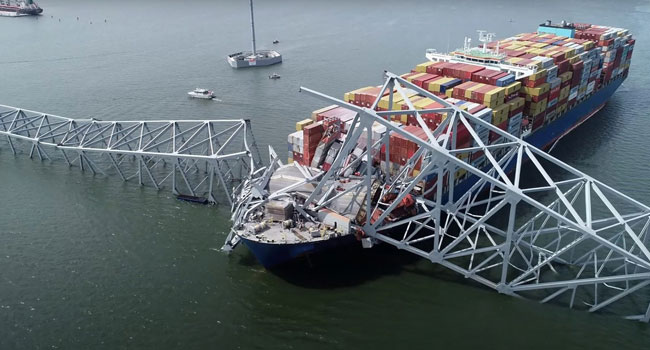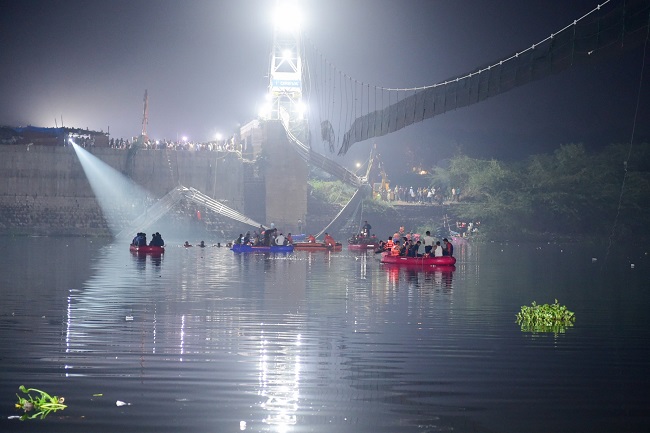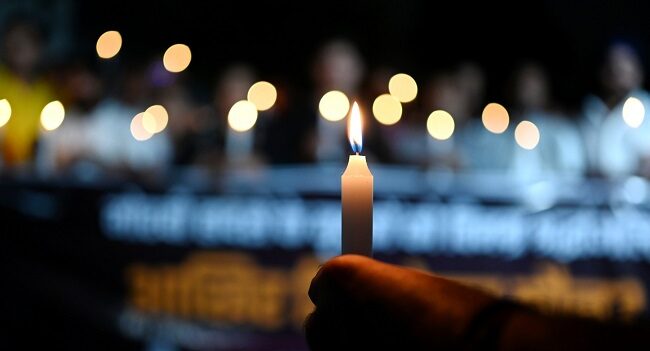
Nearly 40 people died on Tuesday when a giant motorway bridge collapsed in Genoa in northwestern Italy, with the death toll expected to mount further.
Here’s what we know about the bridge, the collapse and the response:
The bridge
The Morandi viaduct, a massive concrete structure less than five kilometres (three miles) to the west of Genoa’s old port, was completed in 1967 and acts as the flyover of the A10 motorway.
Named after the architect who designed it, the bridge spanned railway lines, factory buildings and the Polcevera stream around 45 metres (over 150 feet) below.
Genoa’s rugged terrain means motorways and roads running through the city and the surrounding area need extensive bridge and tunnel systems.
The collapse
A vast span of about 200 metres collapsed during a heavy rainstorm Tuesday morning, sending about 35 cars and several trucks plunging onto the railway tracks below.
Some vehicles managed to stop in time, with one truck coming to a halt just metres from the abyss.
Autostrade per l’Italia, a highway operator controlled by Atlantia which runs much of Italy’s motorway network, said it had been carrying out maintenance work on the bridge.
Regional weather services had issued a storm warning for the morning of the collapse and the national police force said on Twitter the disaster happened amid a “violent cloudburst”.
The victims
Officials say that at least 39 people are known to have died and 15 were injured but with search efforts continuing, the toll is expected to rise.
Children aged eight, 12 and 13 were among the dead, Interior Minister Matteo Salvini said on Wednesday, adding that more people were still missing.
Three Chileans, who lived in Italy, and three French nationals were also killed.
The emergency response
Hundreds of rescuers continued their search on Wednesday, after working through the huge piles of concrete and twisted metal overnight in the hope of finding survivors.
Fire official Emanuele Gissi said two large cranes were set to be used in the rescue and recovery operation, which is expected to take days.
“We cannot know if there are survivors remaining, but it’s our job to search.”
The national police force told road users to avoid the area and seek alternative routes.
The reaction
The tragedy quickly took on a political hue, with Italian government officials saying it showed that the private sector should not be in charge of major public infrastructure projects.
Anger focused especially on the structural problems that have dogged the bridge and the role of Autostrade per l’Italia.
Italy’s government said it intended to revoke the company’s contract and hit it with a fine of 150 million euros ($170 million).
Deputy Prime Minister Luigi Di Maio said the tragedy “could have been avoided”.
“Autostrade should have done maintenance and didn’t do it,” he said.
Interior Minister Salvini said he would investigate and find out who was responsible for the collapse because “it’s not possible that in 2018 you can work and die in these conditions”.
Pope Francis expressed condolences to the victims and said the tragedy has “caused desperation among the population”, at a service for the feast of the Assumption.
France’s President Emmanuel Macron said his country was ready to “offer all necessary support”.
The spokesman for German Chancellor Angela Merkel said her “thoughts like those of so many Germans, are with the victims and their families”.
The European Commission President Jean-Claude Juncker said: “I express my deepest sympathy and sincere condolences to the families and friends of those who have died and to the Italian people.”
AFP



